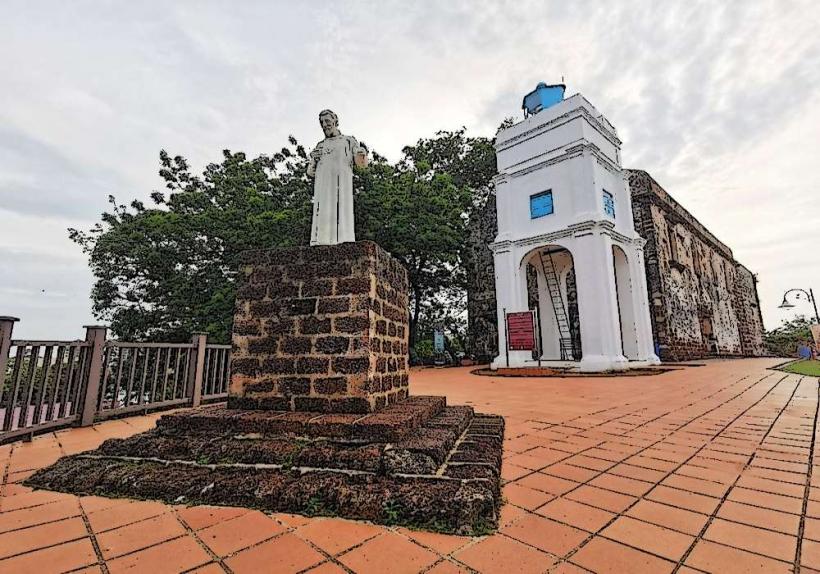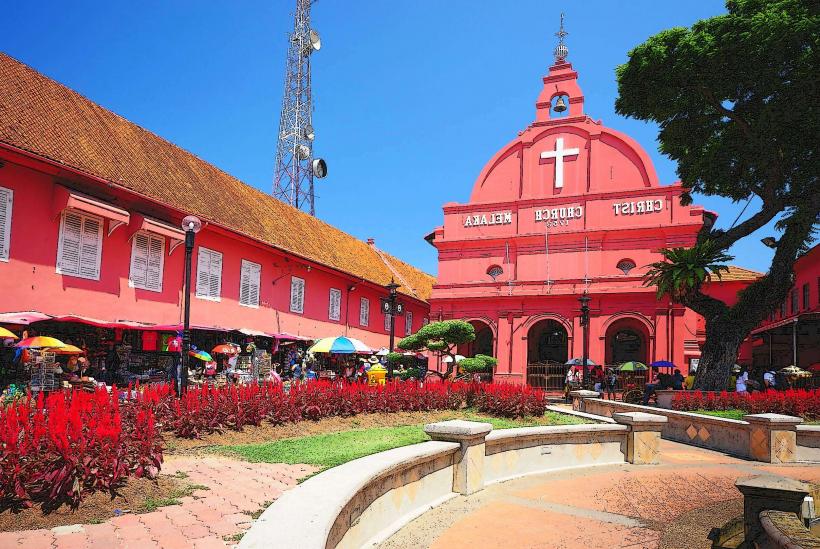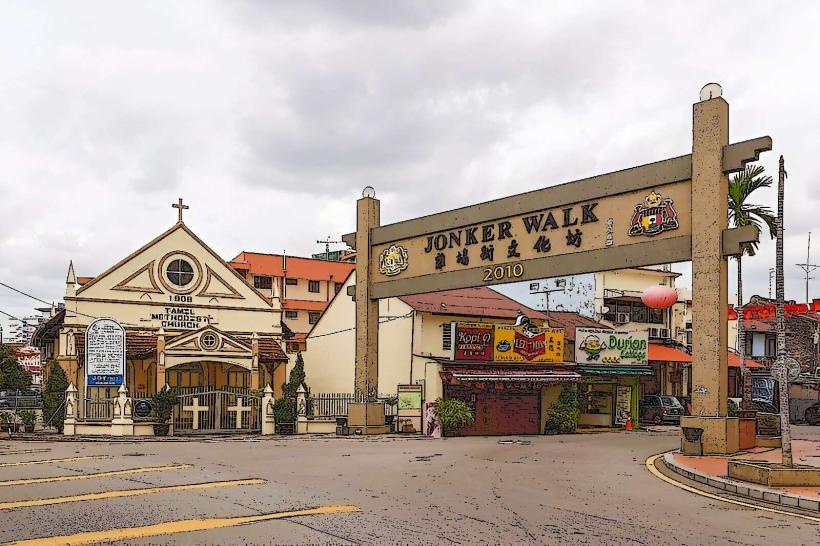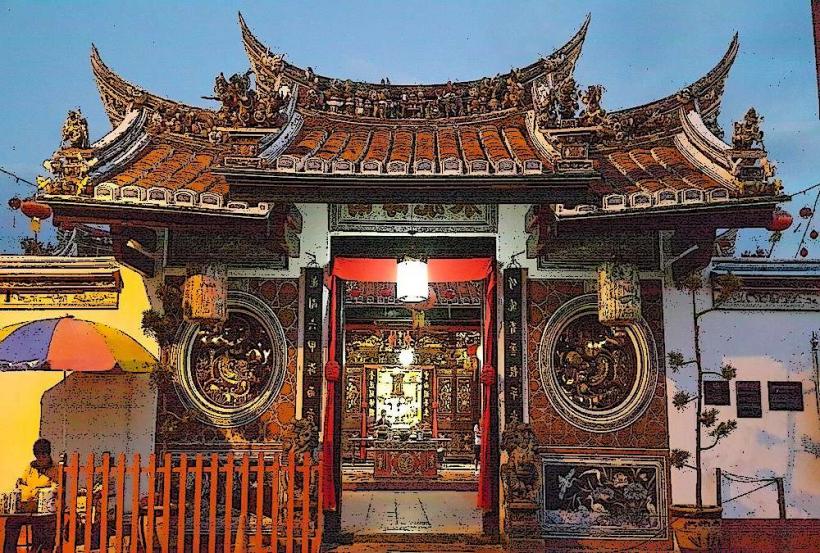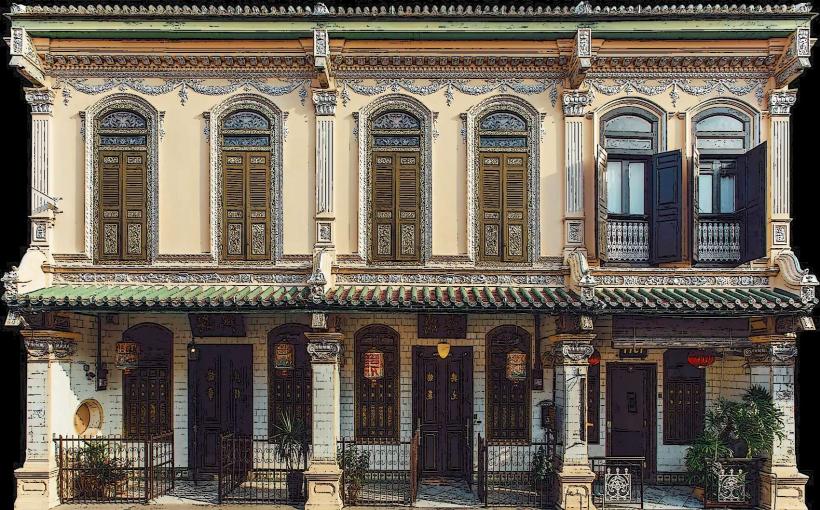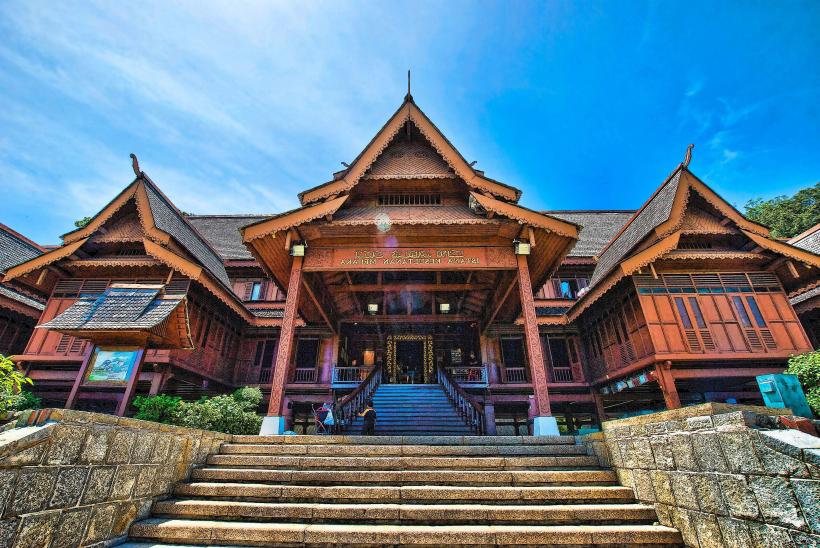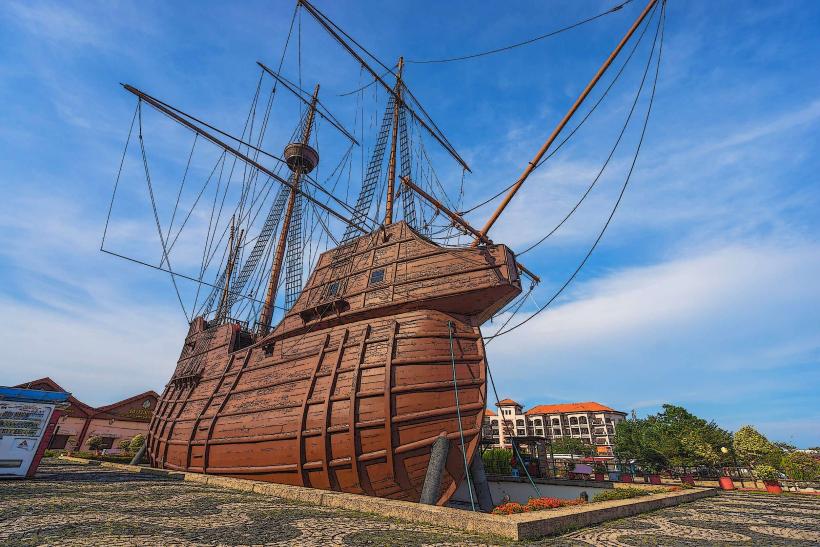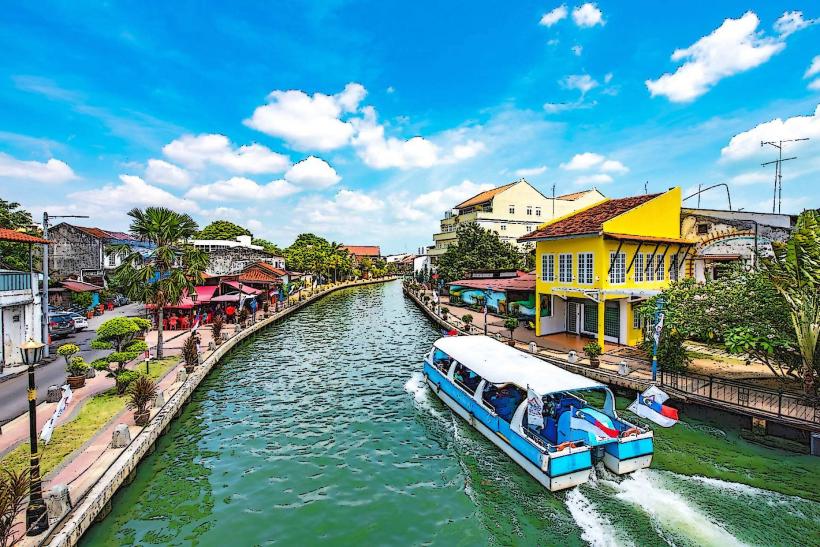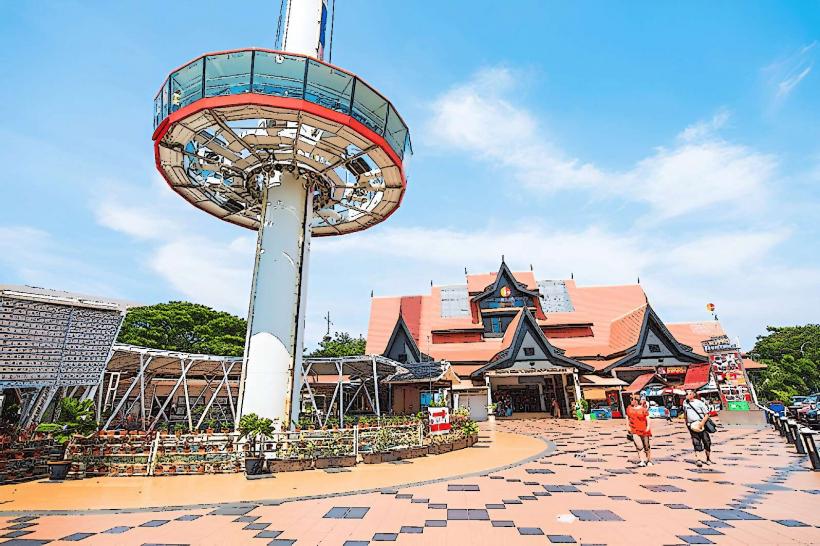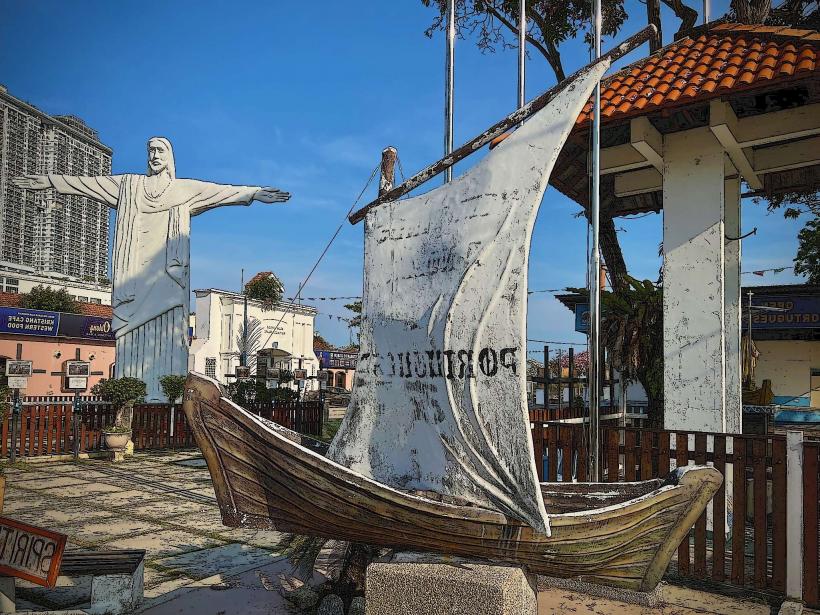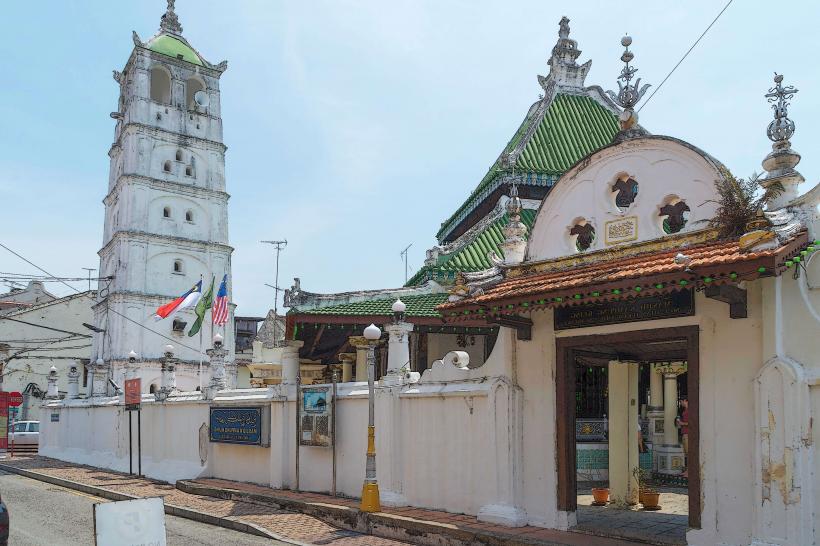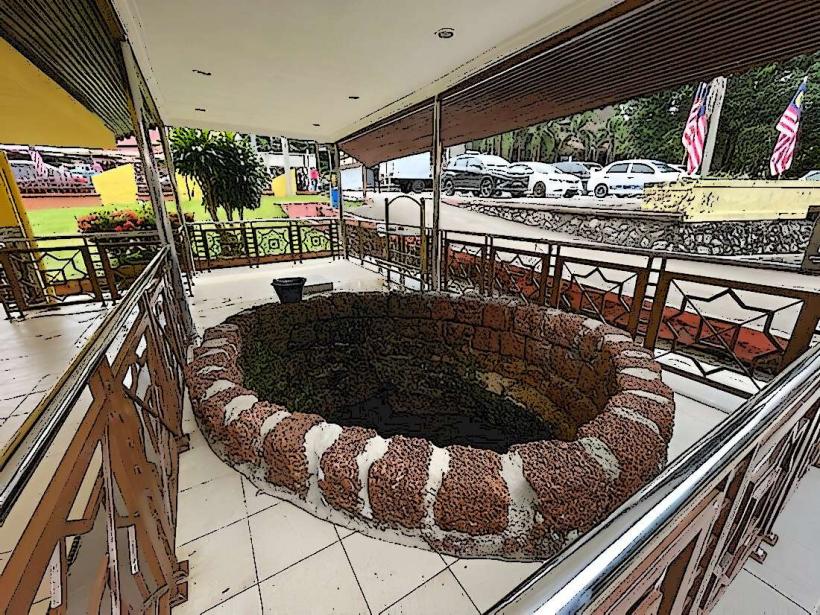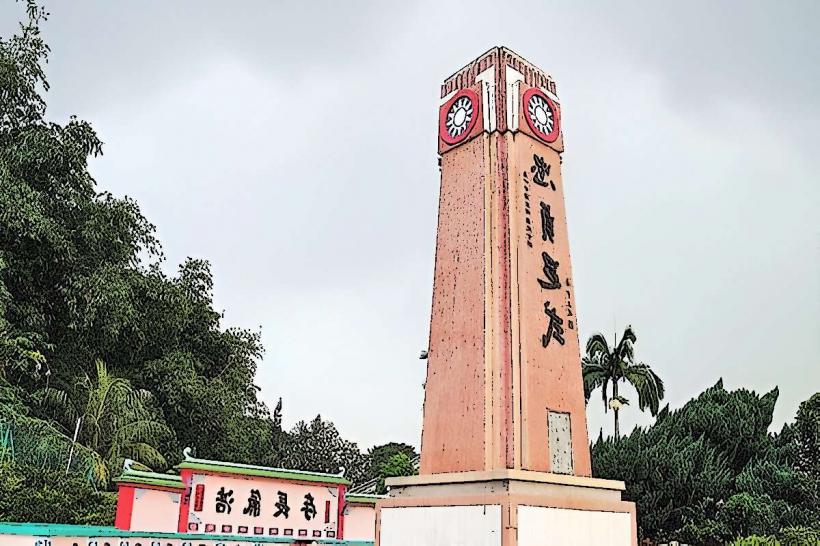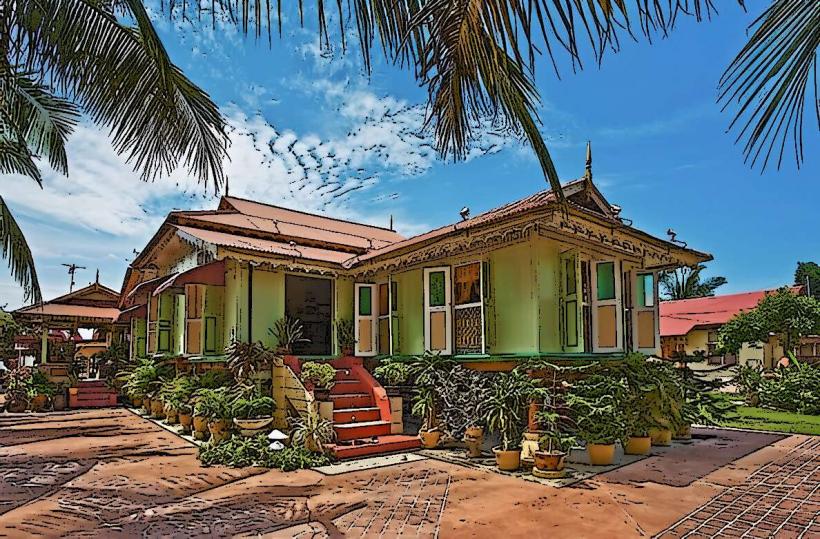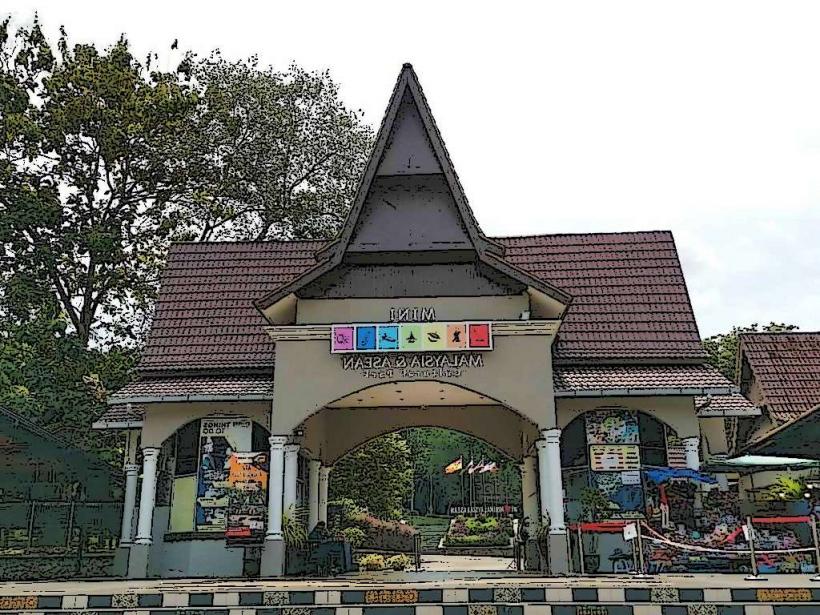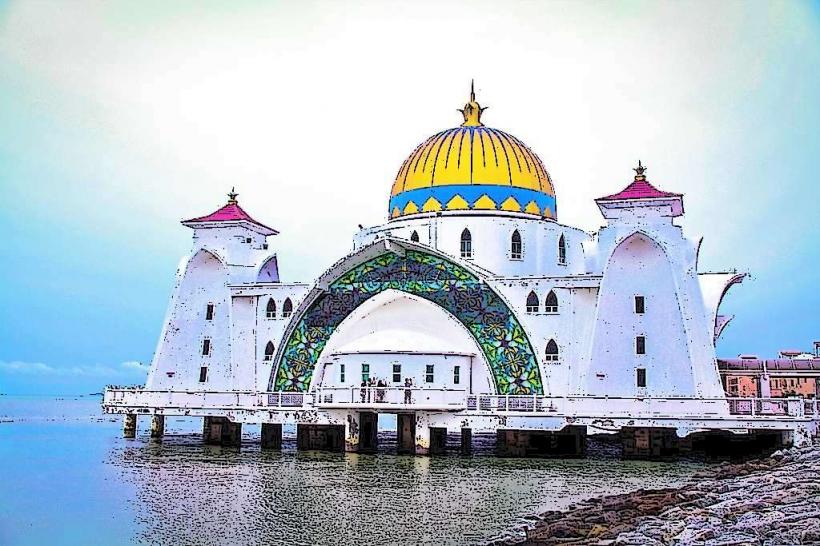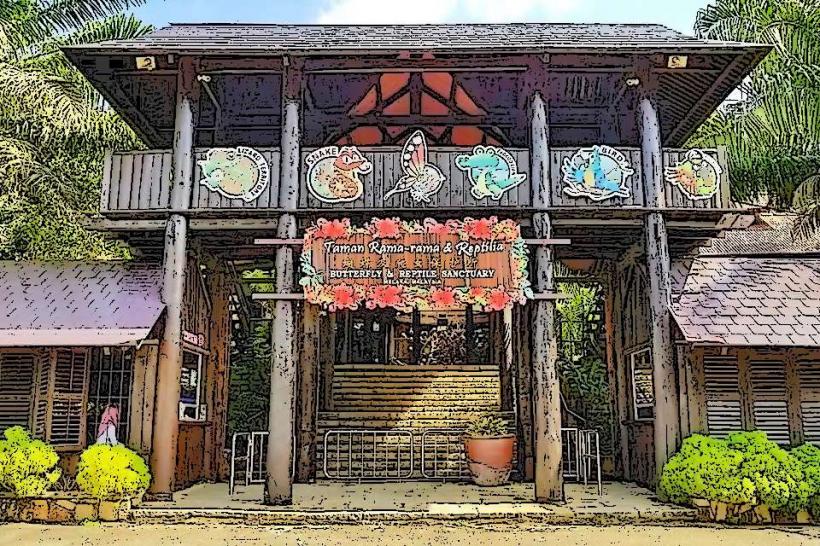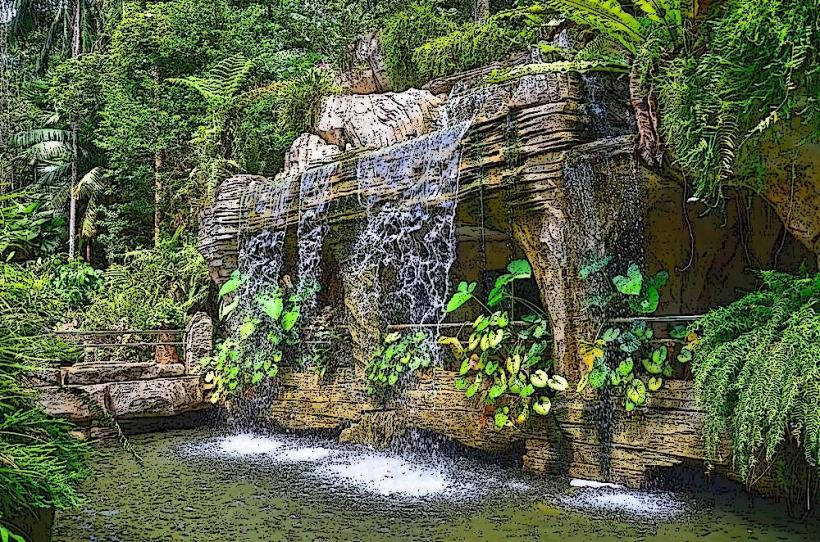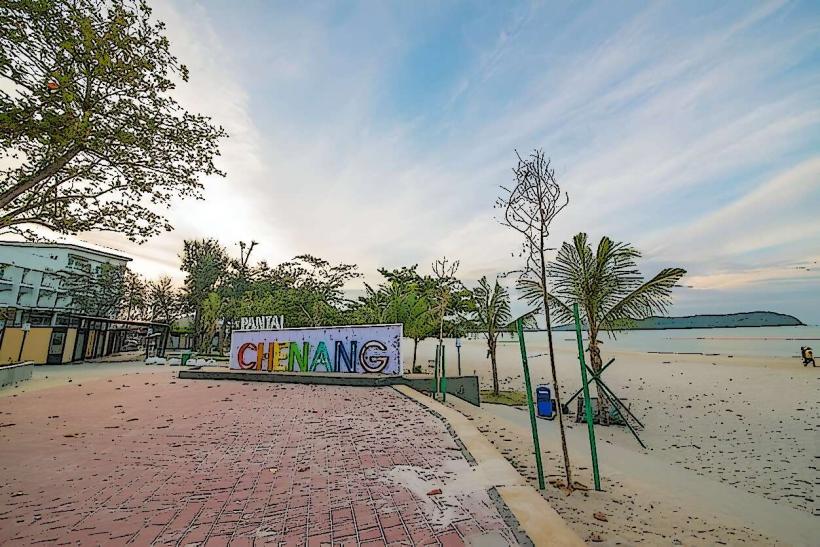Information
Landmark: StadthuysCity: Malacca
Country: Malaysia
Continent: Asia
Stadthuys is one of the most significant and iconic landmarks in Malacca (Melaka), Malaysia. Known for its striking red façade, the Stadthuys is a historic building that has witnessed various phases of Malacca’s colonial history. It serves as an important symbol of Dutch colonial rule in the region and is now home to the Malacca Museum, which displays the city's rich history and cultural heritage.
History:
Dutch Era: The Stadthuys was built by the Dutch in the mid-17th century between 1641 and 1660, after the Dutch seized control of Malacca from the Portuguese in 1641. It was initially constructed as the official residence of the Dutch governor and the administrative center for the Dutch East India Company in Malacca.
- The name "Stadthuys" translates to "City Hall" in Dutch, reflecting its role as the administrative hub during the Dutch colonial period.
Architectural Significance: The building is an excellent example of Dutch colonial architecture in Southeast Asia, characterized by its use of red brick, large windows, and a simple yet elegant design. The Dutch influence is evident not only in the architectural style but also in the use of Dutch materials during construction, including the distinctive red sandstone brought from the Netherlands.
British Era: After the British took control of Malacca in 1824, the Stadthuys continued to serve as a government building under British rule. It remained an important part of the city’s administrative landscape.
Modern Times: Today, the Stadthuys has been converted into a museum and is one of the most visited historical sites in Malacca. It remains a prominent feature of Dutch Square (also known as Red Square), surrounded by other colonial-era buildings, including Christ Church and the Clock Tower.
Architecture:
Red Exterior:
- The Stadthuys is famous for its bright red façade, which is made of brick and symbolizes the Dutch colonial presence in Malacca. The building’s distinctive red color has become a symbol of Malacca’s colonial history and is one of the most photographed landmarks in the city.
- The use of red brick and Dutch architectural design reflects the era’s colonial style and adds to the historical significance of the building.
Design and Structure:
- The Stadthuys features a large, rectangular structure with two stories. Its design is based on Dutch Renaissance principles, featuring high ceilings, wide windows, and a spacious layout.
- The building was originally designed to house the governor’s offices and the administrative apparatus of the Dutch East India Company. The interior spaces were grand and practical, suited to the needs of the colonial administration.
- The front of the building is marked by a portico and pillars, typical of Dutch colonial architecture.
Clock Tower:
- Adjacent to the Stadthuys is the Clock Tower, a prominent feature that complements the Stadthuys' colonial architecture. The clock tower is a characteristic example of Dutch influence, and it was added during the British period.
Dutch and British Influence:
- While the building was initially constructed in a purely Dutch style, the British added several elements to the structure over time. The result is a fusion of Dutch colonial and British colonial architectural features.
The Malacca Museum:
Since 1982, the Stadthuys has been converted into the Malacca Museum, and it is now a history museum dedicated to showcasing the history of Malacca, the Malacca Sultanate, and the colonial periods under the Portuguese, Dutch, and British. The museum exhibits a wide range of artifacts, paintings, models, and dioramas that detail the city’s historical significance.
Exhibitions:
- The museum is divided into several sections, with each section focusing on a different period of Malacca’s history. Visitors can learn about the Malacca Sultanate, the arrival of the Portuguese, the Dutch colonial rule, and the British occupation.
- There are also exhibits that highlight Malacca’s trading history, the arrival of Islam in the region, the cultural exchange between Europe and Southeast Asia, and the traditional lifestyles of the people of Malacca.
Artifacts and Memorabilia:
- The museum displays a wide variety of historical artifacts, including old maps, colonial furniture, ceramics, and weapons used during various periods of Malacca’s history. There are also paintings depicting the everyday life and significant events in the region.
- The museum includes information on the role of the Dutch East India Company in shaping Malacca’s role as a key trading port and as a battleground for European powers.
Interactive Exhibits:
- The museum also includes interactive exhibits designed to engage visitors in learning about Malacca’s complex history. This provides an opportunity to better understand the political, cultural, and economic shifts that shaped the region.
Visitor Experience:
Exploring Dutch Square: The Stadthuys is located in Dutch Square, one of the most important historical districts in Malacca. The area is home to other major attractions, including Christ Church, the Clock Tower, and The Queen Victoria Fountain. Visitors can explore the square and the Stadthuys, enjoy the historical atmosphere, and take in the colonial architecture.
Photography: The Stadthuys' iconic red façade, coupled with the surrounding colonial buildings, makes it a perfect location for photography. Visitors often take pictures of the red buildings, the Dutch Square, and the Clock Tower, all of which are key landmarks in the historic city.
Learning About Malacca’s History: The Malacca Museum within the Stadthuys provides a thorough and insightful look at the history of the region. Visitors can learn about the sultanate, the Portuguese and Dutch colonization, and the British influence, and see how Malacca played a central role in global trade and the history of Southeast Asia.
Nearby Attractions:
Christ Church: A short walk from the Stadthuys, Christ Church is another iconic red building that is a key feature of Dutch Square. The church is one of the oldest Protestant churches in Southeast Asia and offers additional historical context to the area.
A Famosa: Located just outside of Dutch Square, A Famosa is a historic fortress built by the Portuguese in the 16th century. It is one of the oldest surviving European architectural structures in Southeast Asia.
Jonker Street: A few minutes’ walk from Dutch Square, Jonker Street is the center of Chinatown in Malacca, where visitors can explore antiques, local handicrafts, street food, and traditional Chinese architecture.
St. Paul’s Hill: Just above Dutch Square, St. Paul’s Hill offers stunning views of the city and features the ruins of St. Paul’s Church, which was originally built by the Portuguese and later repurposed by the Dutch.
Conclusion:
Stadthuys is an essential part of Malacca’s colonial legacy, offering a glimpse into the Dutch colonial period while providing visitors with a chance to learn about the city’s rich history through the Malacca Museum. Its striking red façade, Dutch Renaissance architecture, and central location in Dutch Square make it one of the most important historical sites in Malaysia. Whether you are a history enthusiast or simply enjoy exploring architectural landmarks, the Stadthuys is an unmissable part of a visit to Malacca.


